Get In Touch
hello@untangld.co
Get In Touch
hello@untangld.co
Follow
|
LinkedIn

We use cookies to make sure you have the best experience on our website. Fear not, we don’t sell your data to third parties.

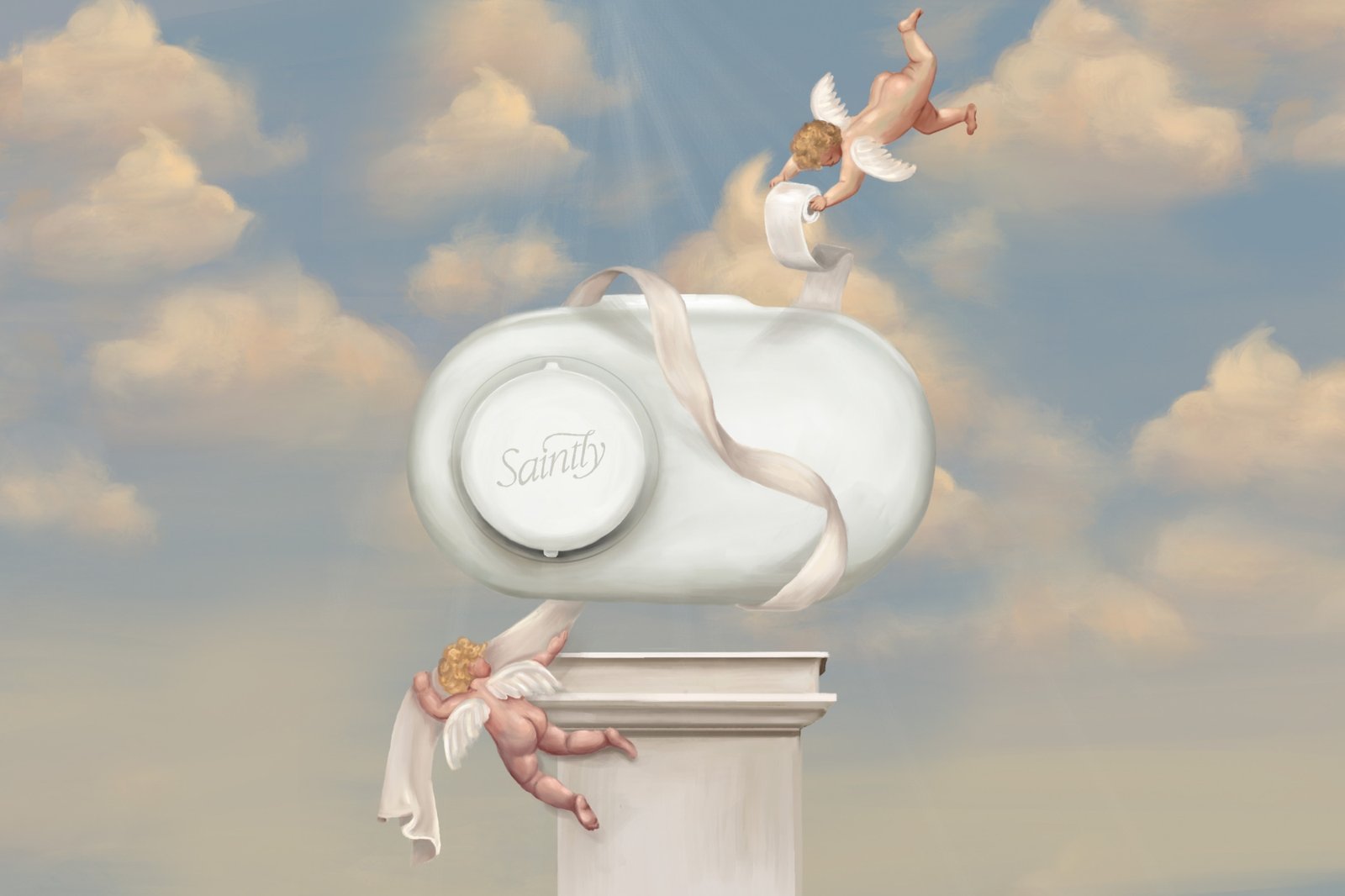
Creative Pool 2025 - Bronze in Branding
Best Awards 2025 - Bronze in Branding
In a market saturated with playful toilet paper brands and virtue-signalling bidet startups, Fohm (now Saintly) stood out for one reason: no one knew quite what to make of it.
A cleanser foam for your butt, dispensed touch-free onto toilet paper, was not just a new product—it was a new behaviour. The company had achieved traction in the press and amongst toilet enthusiasts. But it was lagging behind in a fast growing category, and it’s positioning was quickly becoming a cliche.
Fohm needed a point of view and a personality strong enough to power a category shift. So in partnership with strategy studio Untangld, brand design studio Universal Favourite, and writer extraordinaire, Cat Wall, we came to reimagine the brand from the bottom up. (Yes, there will be puns in this story.)
The brief was to create a culturally compelling brand platform for fast U.S. growth. The commercial ambition was aggressive—800,000 customers by 2025. But behind the numbers was a tougher challenge: how do you sell a new category in a space filled with copycat promises, cheaper alternatives, and brands all racing to own the same tired tropes?
Everyone in the category was saying the same thing and positioning themselves around sustainability, toilet-friendly flushability, or soothing botanicals. The tones ranged from clinical to quirky. But none felt genuinely distinctive. Even worse, every brand was chasing the same customer pain points, discomfort, guilt, and plumbing damage.
Through a study of 1,000 Americans, we uncovered a truth that reframed everything: feeling clean is not just a utility—it’s a feeling of confidence, freedom, and empowerment.
For heavy users of wet wipes and those who pre-wet toilet paper, cleanliness was linked to mindset, not mechanics.
Also, culturally, butts had never been bigger. From Kim Kardashian’s #belfies to TikTok glute workouts, the rear end had become a pop icon. In this context, Fohm wasn’t weird. It was timely. This wasn’t about hygiene. It was about self-expression and confidence.
First we changed the name. From Fohm to Saintly. A move from functional to something truly aspirational.
Then we ditched the wet wipe comparisons and leaned into something far more powerful: the feeling of freedom. No more guilt. No more shame. No more trying to prove we were better than the last product on the shelf. This wasn’t about toilet paper anymore. It was about confidence that came with feeling clean.
You know the saying; cleanliness is next to godliness? We took it to the next level.

The brand was rebuilt from the bottom up.
The tone shifted from crass to charismatic. The look and feel became softer, more human, with just the right amount of irreverence. And we stopped talking to the bathroom. We started speaking to the person.
That’s how Saintly was born.
Armed with a new purpose – Lead the world to a healthier future, from behind.
We would be obsessed with butts. And give people everywhere that new butt feel every day.

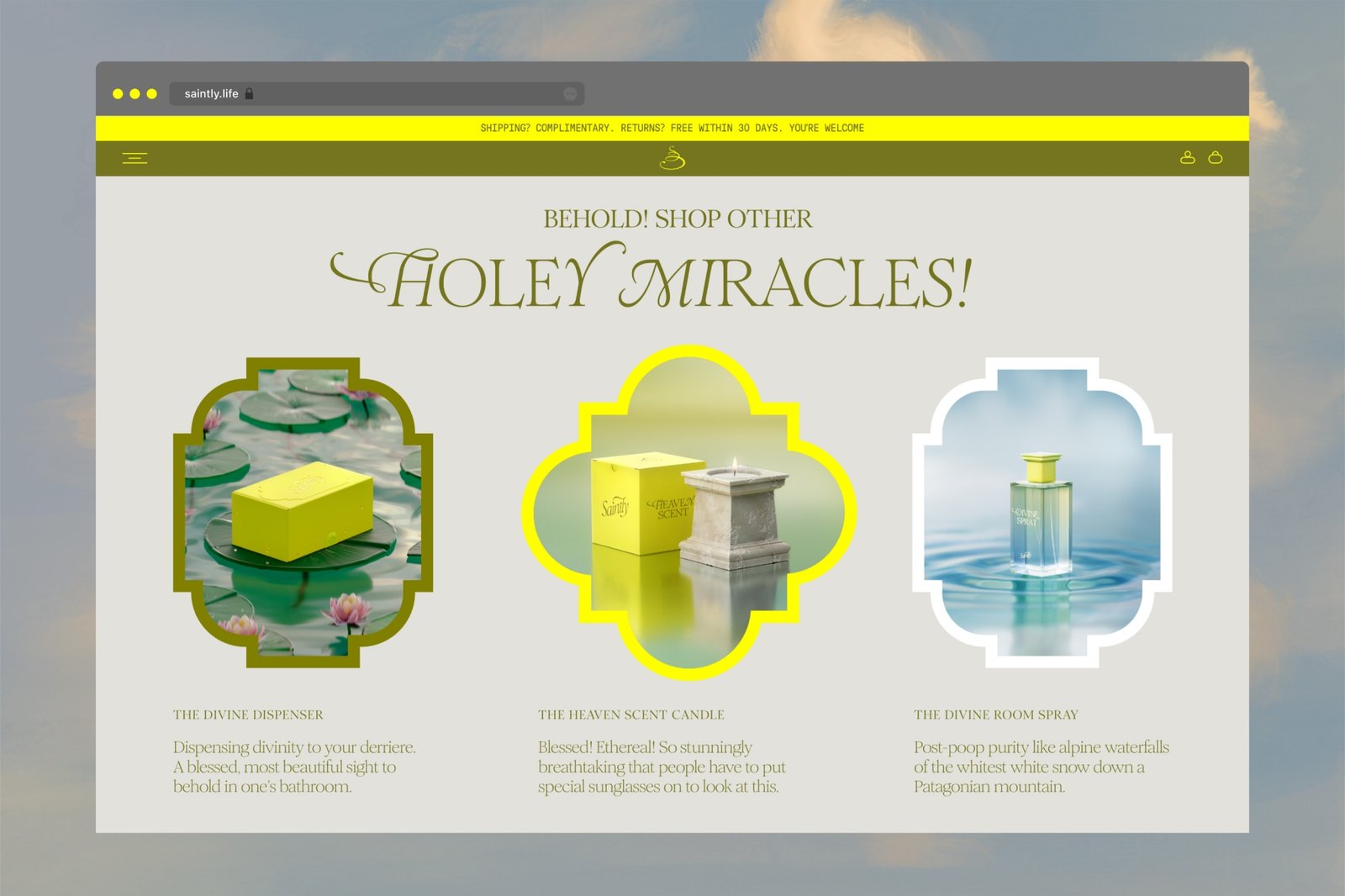
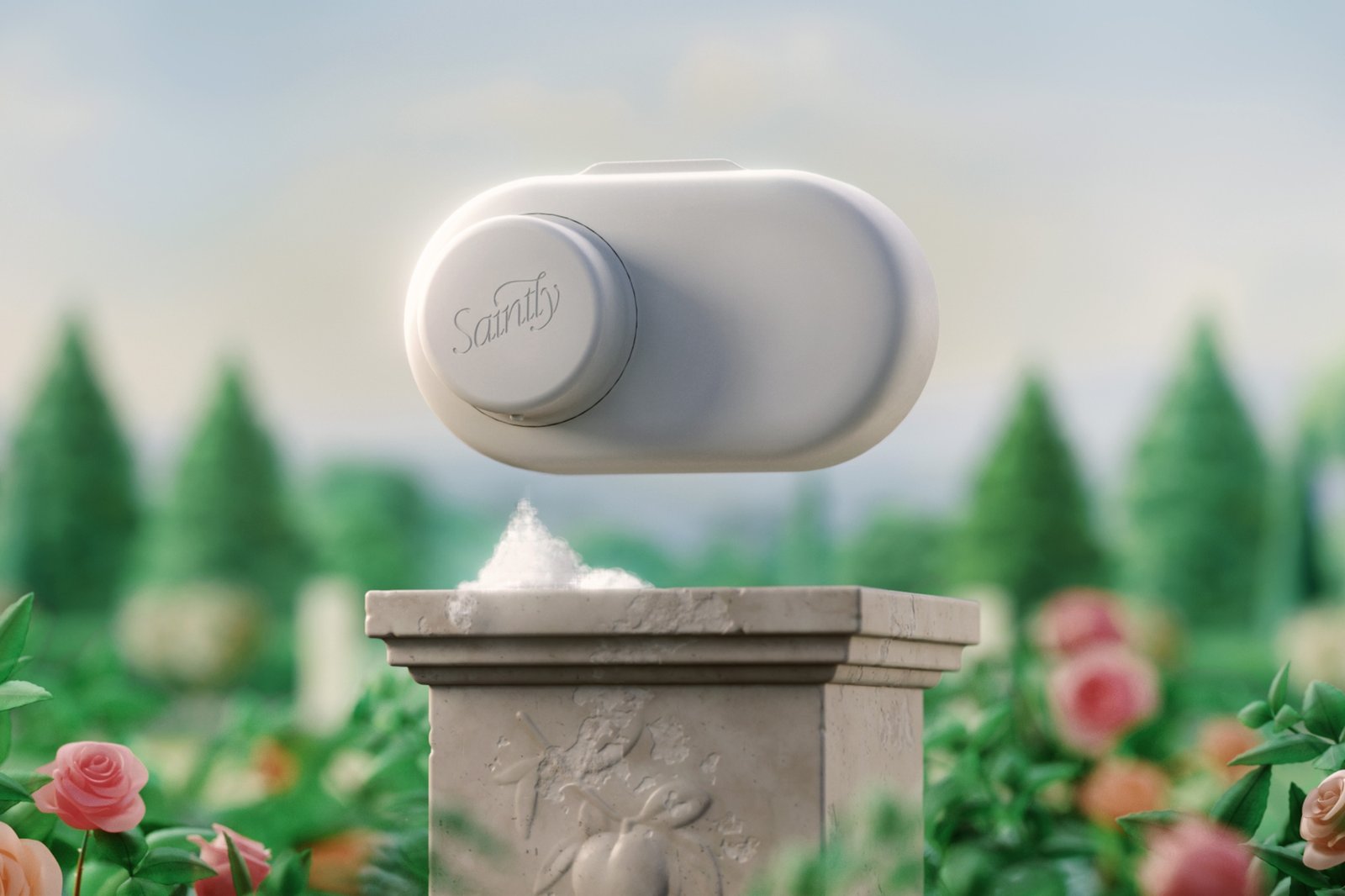

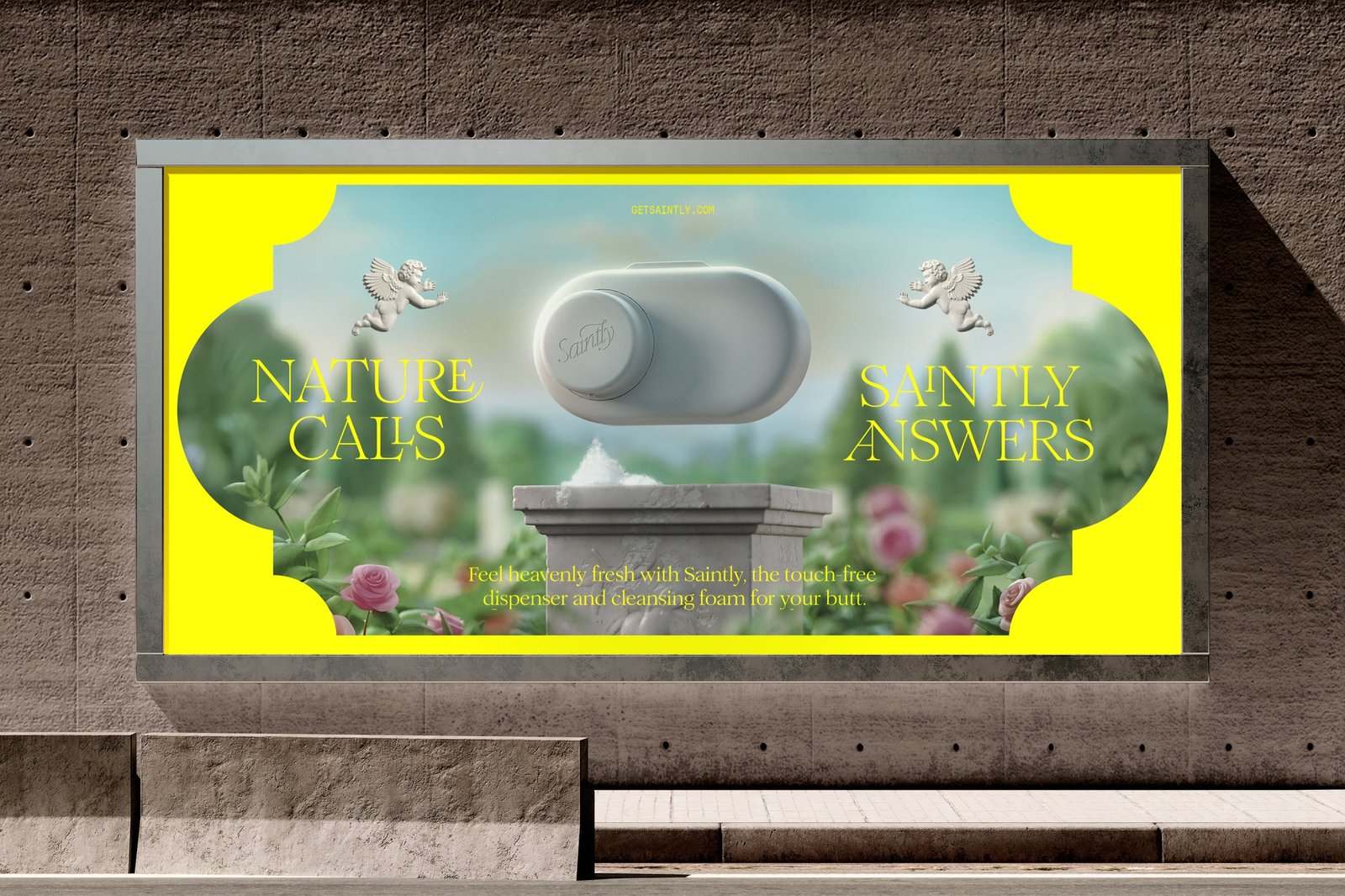
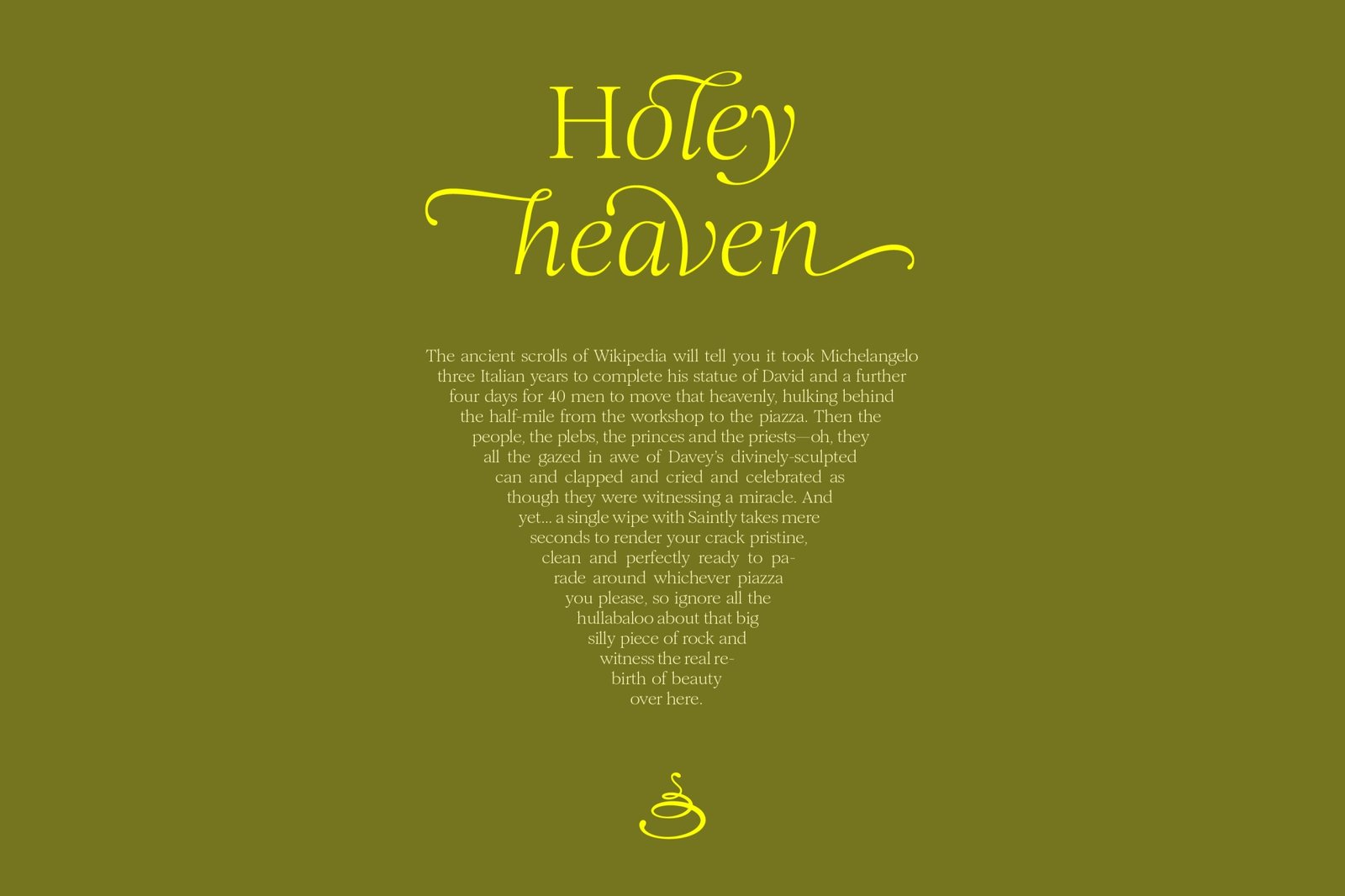
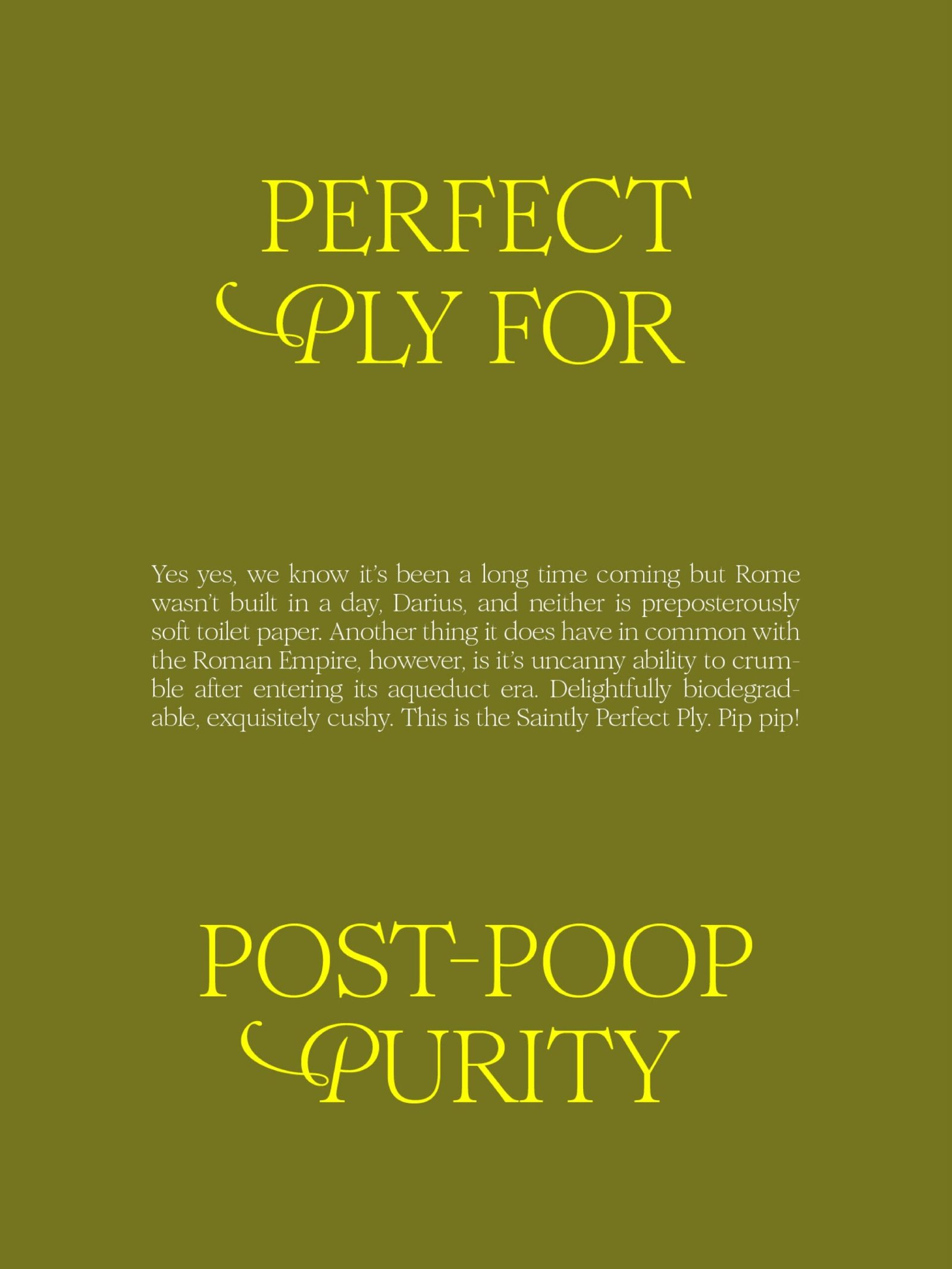

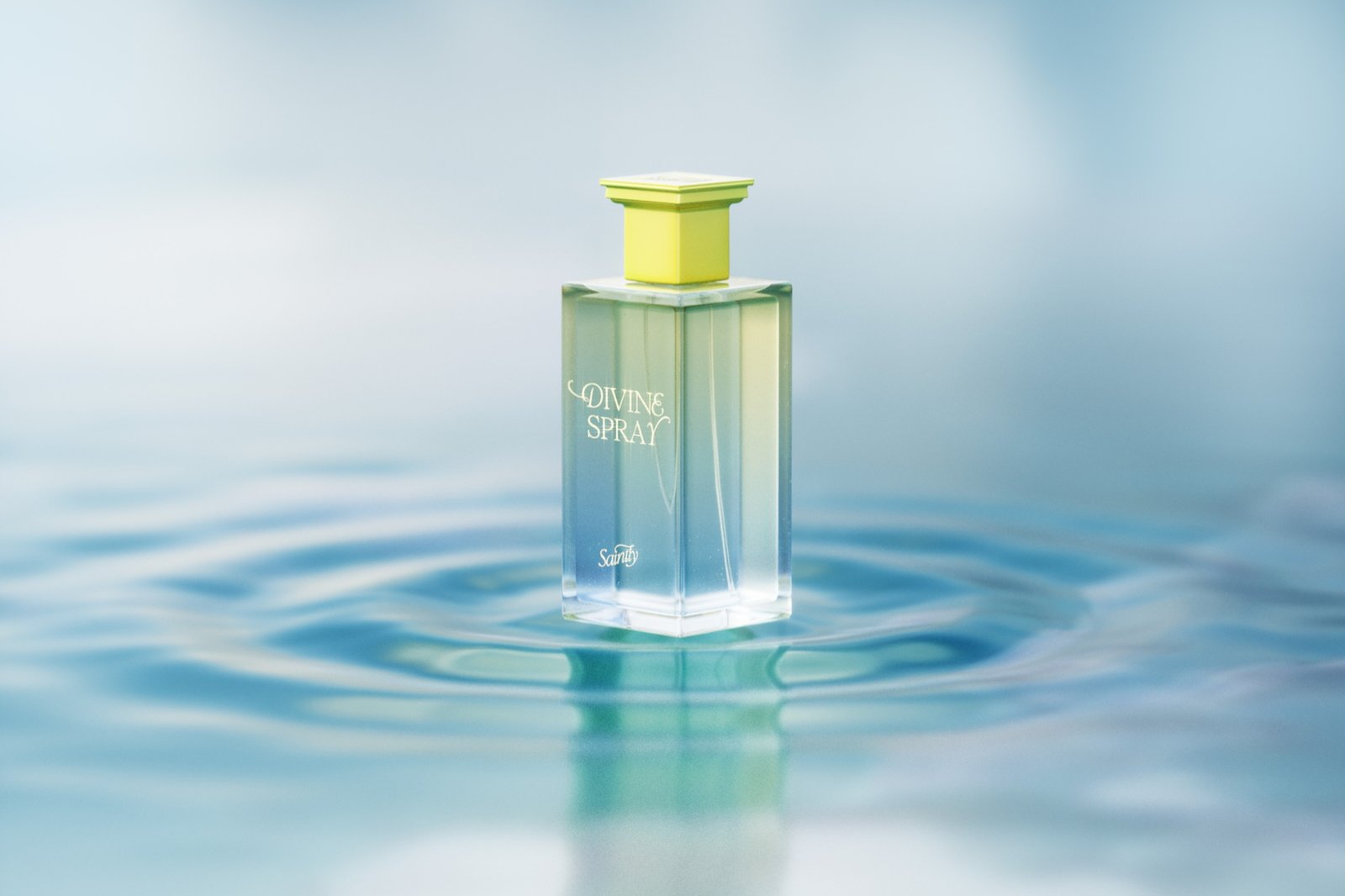
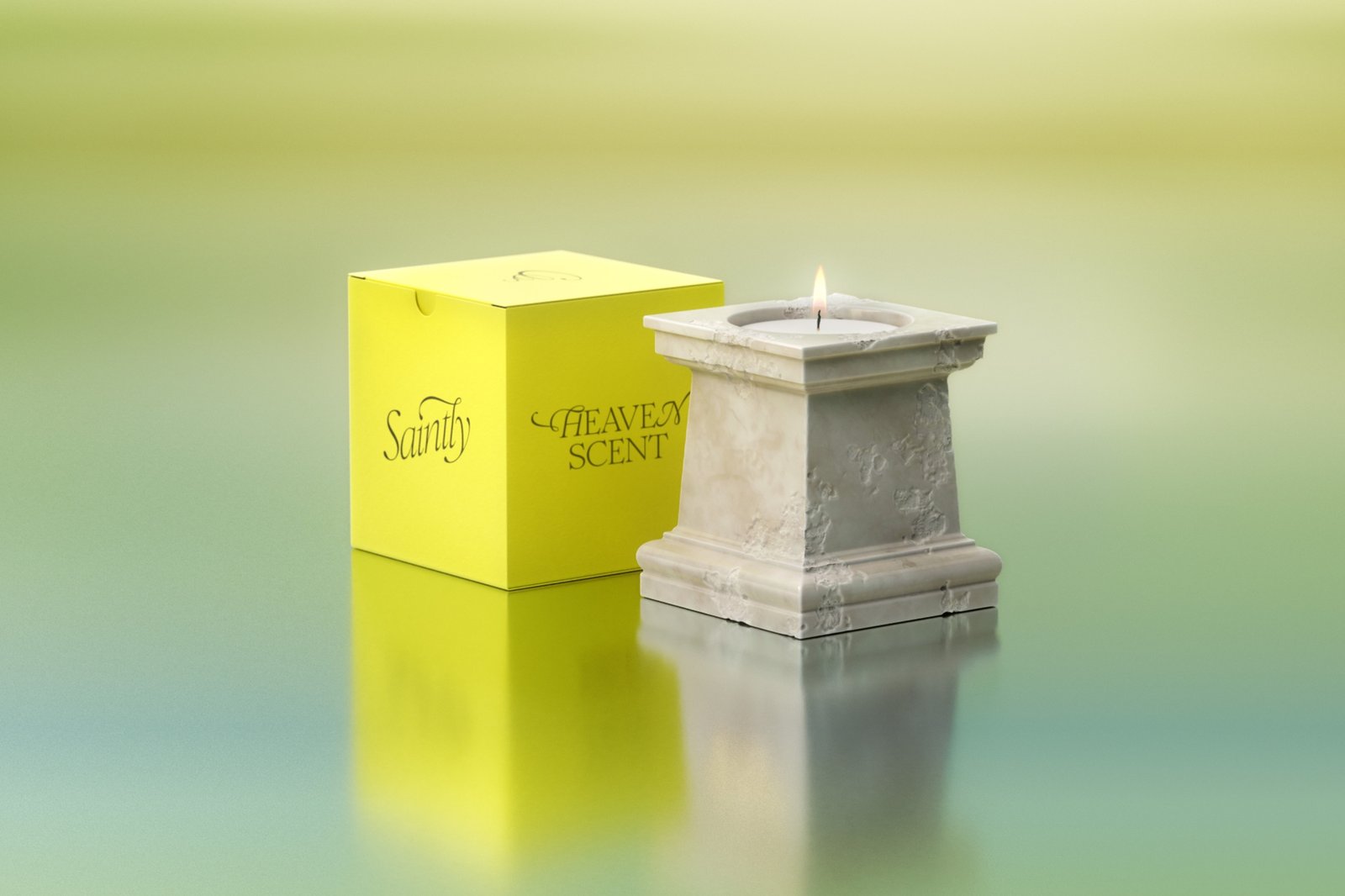





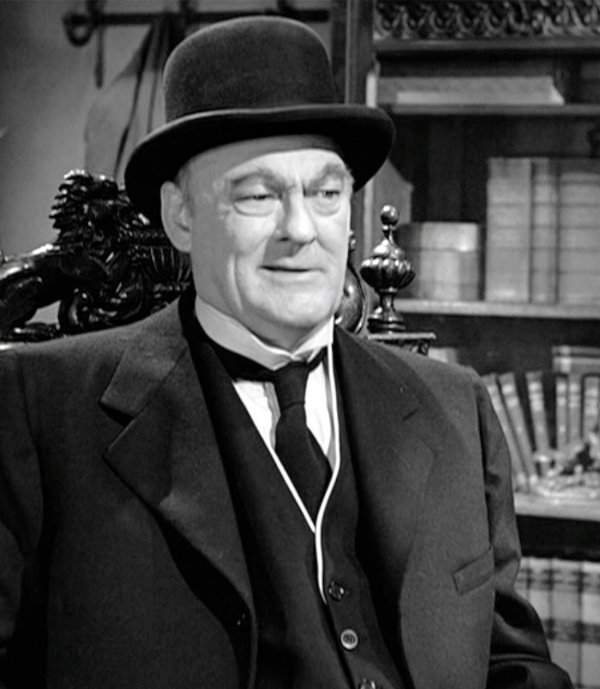




→ Danish is one of the most awarded strategists in the world, having worked on some of the most iconic brands in the last decade including Virgin Atlantic, Coca Cola, and Volvo. Danish spent his career helping to make modern, connected strategy integral to world-class effective work. A co-founder of Untangld, and a founding partner of By The Network, Danish is also a regular judge at the Effies and WARC Global Effectiveness Awards and a contributor to popular industry rags.
